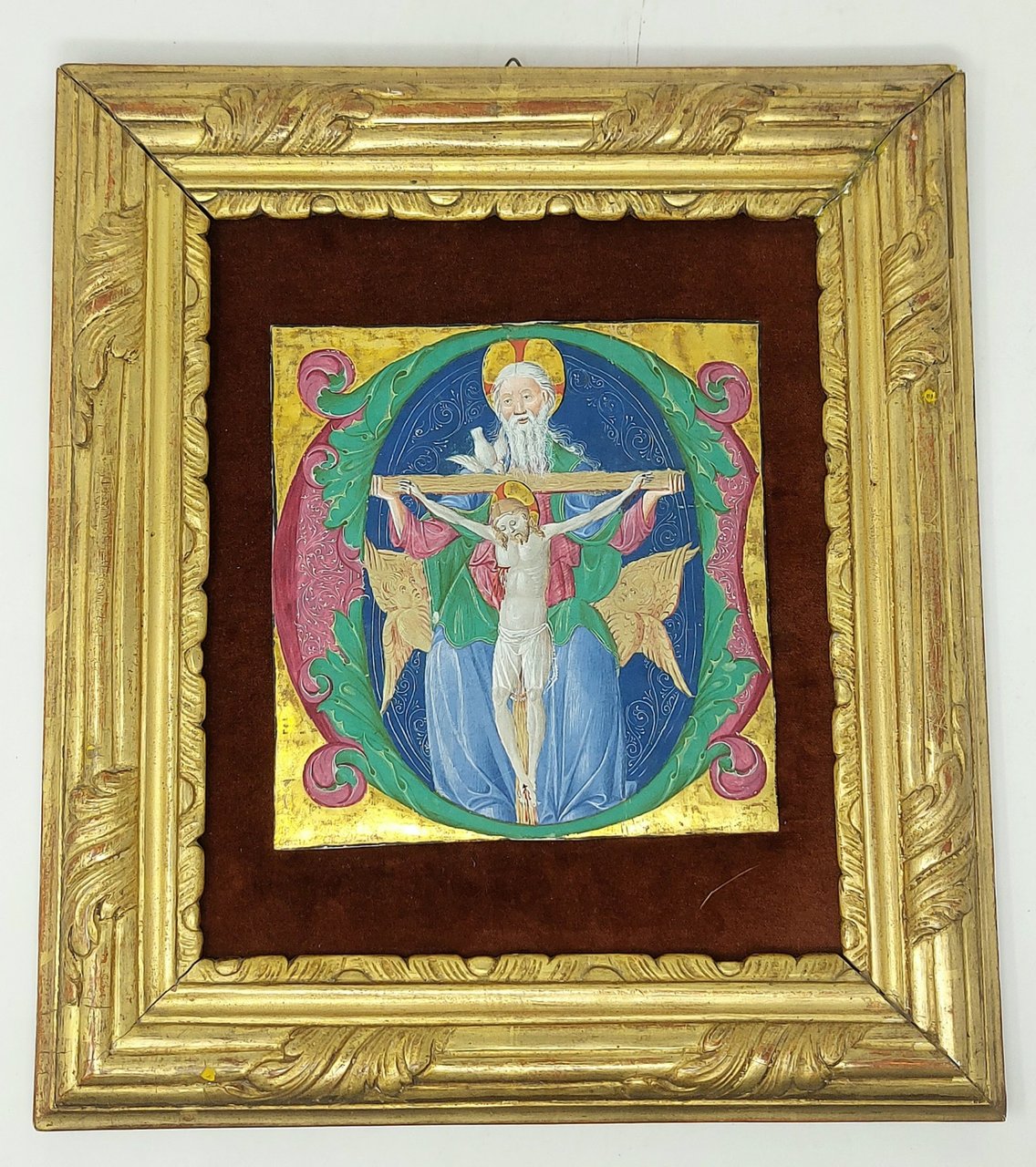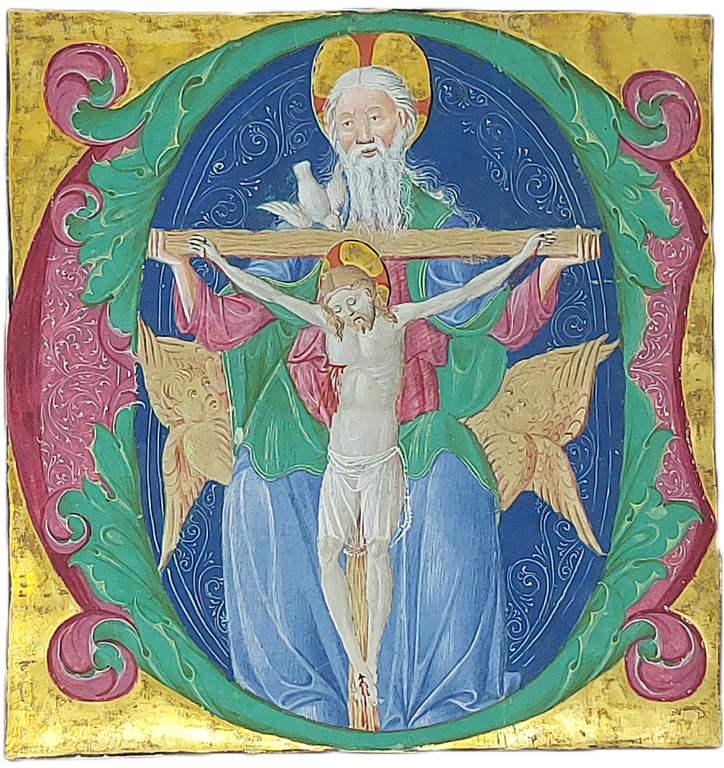

Rare and modern books
SPANISH FORGER
Dio Padre sostiene Cristo in croce (Miniatura su pergamena)
Parigi, ca. 1900,, ca. s.d. [1900]
6800.00 €
Pregliasco Libreria Antiquaria
(Torino, Italy)
The correct shipping costs are calculated once the shipping address is entered during order creation. One or more delivery methods are available at the Seller's own discretion: Standard, Express, Economy, In-store pick-up.
Bookshop shipping conditions:
For items priced over €300, it is possible to request an instalment plan from Maremagnum. Payment can be made with Carta del Docente, Carta della cultura giovani e del merito, Public Administration.
Delivery time is estimated according to the shipping time of the bookshop and the courier. In case of customs detention, delivery delays may occur. Any customs duties are charged to the recipient.
For more infoPayment methods
- PayPal
- Credit card
- Bank transfer
-
-
Find out how to use
your Carta del Docente -
Find out how to use
your Carta della cultura giovani e del merito
Details
Description
//
On cutout of 16th-century antiphonary, measuring 181x170 mm, on verso seven lines of text. On blue background, within a large capital letter O in green and purple, with white friezes. God the Father holding the Crucified Son, the Dove of the Holy Spirit between them, on the sides two winged angels painted in liquid gold, the corners and haloes were made in burnished gold leaf. The painting is typical of the Spanish Forger, a painter and illuminator active in Paris from the end of the nineteenth century to the beginning of the twentieth century. He takes his misleading name, the Spanish Forger, from a false attribution of a painting once thought to be by a 15th-century Spanish artist. The name has stuck. Despite the growing evidence that the Forger supervised an atelier in Paris (remnants of old Parisian newspapers have been found inside the frames), no trace of his real identity has come to light. Unmasked in 1930 by Belle da Costa Green, then director of the Pierpont Morgan Library, where a retrospective exhibition was held in 1978. The miniature is painted on medieval parchment, a reused sheet from an Italian (or perhaps Spanish) choirbook dated c.1500, which demonstrates the Forger's methods. This scene, which depicts God the Father supporting the arms of the Cross on which Christ is crucified was a popular one in the Middle Ages. It is a splendid example of a "medieval forgery," however esteemed and sought after. Applied on purple velvet, in a beautiful mid-19th-century gilded frame. Voelckle, The Spanish Forger (1978).

